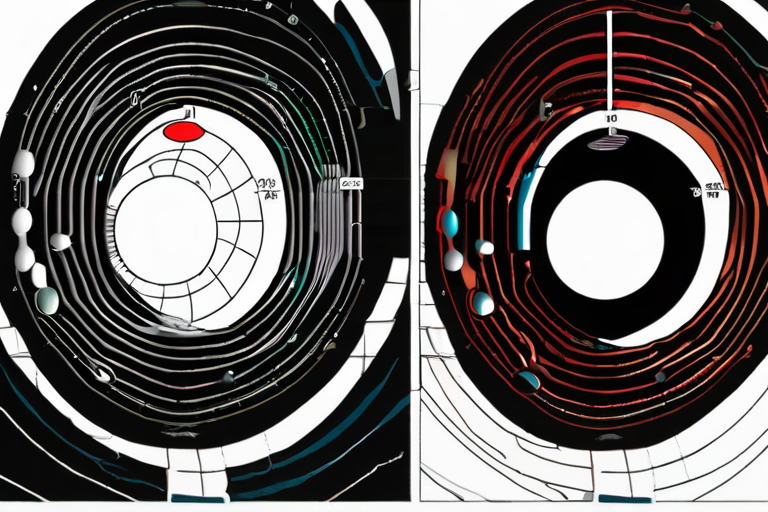Scientists Uncover Hidden Clues to 60-Year Cosmic Enigma: Black Holes May Be Key


Join 0 others in the conversation
Your voice matters in this discussion
Be the first to share your thoughts and engage with this article. Your perspective matters!
Discover articles from our community

 Hoppi
Hoppi

 Hoppi
Hoppi

 Hoppi
Hoppi

 Hoppi
Hoppi

 Hoppi
Hoppi

 Hoppi
Hoppi

Eladio Carrión Brings High-Energy Show to Barclays Center Puerto Rican rapper Eladio Carrión delivered a high-octane performance at the Barclays …

Hoppi

South Africa Reopens Inquest into Steve Biko's Police Custody Death After 48 Years of Silence Nearly five decades after the …

Hoppi

Portland Trail Blazers Buyer Tom Dundon Built His Fortune on Subprime Loans Tom Dundon, the billionaire owner of the Portland …

Hoppi

Porsche Unveils Revolutionary Hybrid Engine for 911 Turbo S At the IAA Mobility show in Munich, Germany, Porsche unveiled a …

Hoppi

Bitcoin (BTC) News: Could Crash to $107K as DXY Prints Dragonfly Doji, XRP MACD Bearish The cryptocurrency market is bracing …

Hoppi

Justice Department Under Fire for Alleged Politicization The Justice Department has come under scrutiny after President Donald Trump publicly called …

Hoppi